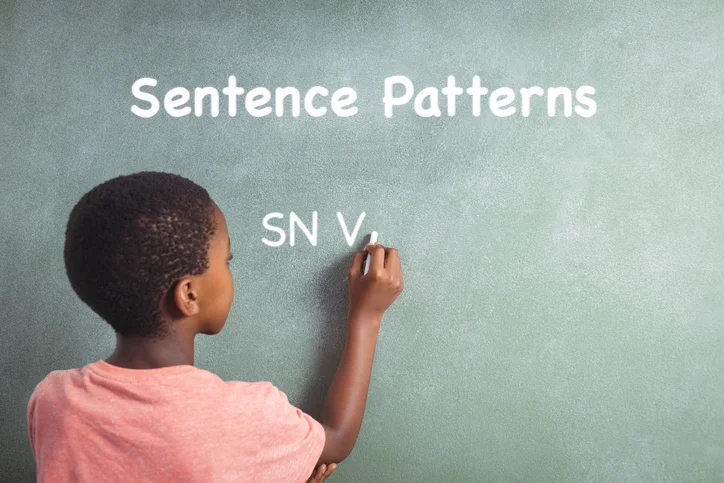In a previous post, I shared my keen interest in Gardner’s Multiple Intelligences. I discussed how the Shurley English Jingles give the intelligences of Word Smarts, Picture Smarts, and Body Smarts a workout. Now, I would like to take it just a bit deeper into the next level in Shurley English.
After students master the Shurley English Jingles, the jingles become a fertile knowledge base upon which the Question and Answer Flow (Q & A Flow) is built. The Q & A Flow is a simple, pattern-based system of questions that the students learn to ask aloud orally. Yes…Shurley English teaches kids to talk to themselves; rather, to ask themselves questions—questions that elicit logical answers that their brains know to be correct, based upon what they have learned from the jingles. I call this kind of questioning “Thinking Out Loud.”
After much practice and rehearsal, using the Q & A Flow, the students then know how to analyze every word in a sentence. We call this Sentence Classification, but it goes way beyond just determining if the sentence is a statement or a question. Students learn to classify the words in a sentence based upon the specific questions they answer from the Q & A Flow. Compared to the way English grammar was always taught years ago, students learned to classify words, but usually only so that they fit into a static list of seemingly unchanging vocabulary. With the Q& A Flow, something quite different and extraordinary replaces that old system. Instead of grouping words into lists that have parts of speech headings, students learn to evaluate how specific words are actually functioning in a sentence, based on context. You see, by the old system, the word basketball is just one of the words that fits into a Noun list. But with the Q & A Flow, students begin to think in terms of the attributes of a word and its use in the context of a sentence. For example, take a look at the following sentence:
We cheered loudly at the basketball game!
Students, using the Q & A Flow, determine that the word basketball, in this context, is really an adjective. I don’t know about you, but when I am working with students and trying to help them comprehend what they read and to be able speak and to write with expertise, I would prefer their brains be adept at this kind of analysis! Can you see how a student’s Word Smarts and Logic Smarts can benefit from this kind of thinking? I consider it nothing less than brilliant.











































































































